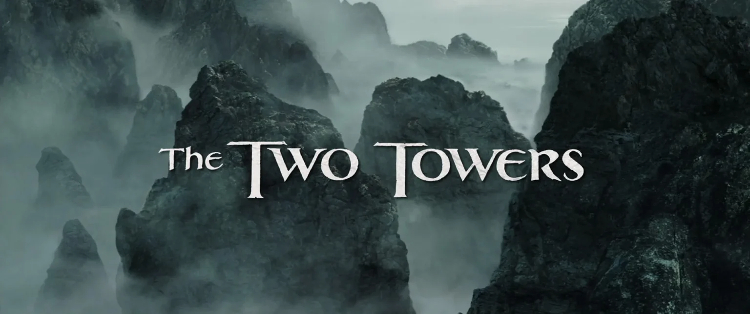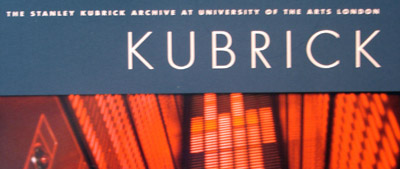Today, The Sunday Telegraph newspaper, in its magazine supplement Seven, has published a 100 Best Films list. The list was compiled by Catherine Shoard, Jenny McCartney, Alan Stanbrook, and Mike McCahill. It is divided into ten categories: drama, thriller/action, comedy, animation, horror, romance, kids, musicals, documentary, and world cinema. Each category has ten films, arranged preferentially.
Drama1. The Conversation
2. Strangers On A Train
3. There Will Be Blood
4. Winter Light
5. Dogville
6. Raging Bull
7. The Godfather I-II
8. Double Indemnity
9. Apocalypse Now
10. Chinatown
Thriller/Action 1. North By Northwest
2. Raiders Of The Lost Ark
3. Manhattan Murder Mystery
4. Heat
5. The 39 Steps
6. Terminator II: Judgment Day
7. Once Upon A Time In The West
8. The Ladykillers
9. The Silence Of The Lambs
10. Die Hard
Comedy1. Some Like It Hot
2. Annie Hall
3. Meet The Parents
4. Withnail & I
5. His Girl Friday
6. The Odd Couple
7. Zoolander
8. Stir Crazy
9. Gregory's Girl
10. Tootsie
Animation1. Dimensions Of Dialogue
2. The Jungle Book
3. Spirited Away
4. Toy Story
5. Composition In Blue
6. Grave Of The Fireflies
7. The Secret Adventures Of Tom Thumb
8. Finding Nemo
9. Perfect Blue
10. Snow White & The Seven Dwarfs
Horror1. Psycho
2. Frankenstein
3. The Exorcist
4. Night Of The Living Dead
5. Twin Peaks: Fire Walk With Me
6. Dead Of Night
7. The Wicker Man
8. The Blair Witch Project
9. Vampyr
10. The Kingdom I-II
Romance1. Before Sunset
2. Head-On
3. I Know Where I'm Going!
4. Brief Encounter
5. The Lady Vanishes
6. The Quiet American
7. Hannah & Her Sisters
8. Bringing Up Baby
9. Days Of Heaven
10. Casablanca
Kids1. Back To The Future
2. ET: The Extra-Terrestrial
3. Babe: Pig In The City
4. Freaky Friday
5. Addams Family Values
6. Mean Girls
7. Anne Of Green Gables
8. Clueless
9. Enchanted
10. Wallace & Gromit: The Curse Of The Were-Rabbit
Musicals1. West Side Story
2. The Sound Of Music
3. Cabaret
4. Top Hat
5. Chicago
6. Mary Poppins
7. Singin' In The Rain
8. Nashville
9. Woodstock
10. My Fair Lady
Documentary1. American Splendor
2. The Sorrow & The Pity
3. American Movie
4. Touching The Void
5. Capturing The Friedmans
6. Spellbound
7. To Be & To Have
8. Hearts & Minds
9. My Kid Could Paint That
10. Neil Young: Heart Of Gold
World Cinema1. Battleship Potemkin
2. The Passion Of Joan Of Arc
3. The Rules Of The Game
4. Tokyo Story
5. Seven Samurai
6. Pather Panchali
7. Smiles Of A Sumer Night
8. A Man Escaped
9. Andrei Rublev
10. The Colour Of Pomegranates
The animation section is surprisingly diverse and even avant-garde. That's the exception rather than the rule, though, because, in general, this list is terrible.
Dividing the 100 titles into ten rigid categories is asking for trouble. Manhattan Murder Mystery, for example, is listed as a thriller/action film (the third greatest thriller/action film, no less), but it's actually a comedy. Why it's listed at all is a mystery, because it's a pale imitation of Annie Hall. Bringing Up Baby appears in the romance list, even though it's one of the most famous comedies ever made.
The inclusion of so many very recent films is bizarre. Is Enchanted (released last year) really one of the greatest children's films ever made? Is There Will Be Blood (released this year) really one of the best dramas of all time? Is it really necessary for seven of the ten documentaries to be films made after 2001? Emphatically no, in all cases.
Why is world cinema relegated to only ten films, as if it were a genre? Are 90% of the 100 'best films' really English-language? No. The world cinema category whitewashes whole chapters of film history: no German Expressionism, no French New Wave, and no Italian Neorealism.
Oh, and the compilers seem to have forgotten about science-fiction and westerns altogether. D'oh! So there's no place for Blade Runner, 2001: A Space Odyssey (no Kubrick films at all, in fact), Metropolis, Stagecoach, The Searchers, or High Noon.
Finally, what about Citizen Kane? I'd like to think that the compilers were making a revisionist statement by omitting it, but I'm more inclined to believe that they simply forgot about it because it doesn't fit into one of their ten categories.
(Note that Frankenstein is, of course, the superior James Whale sound version, not the Thomas Edison silent film; and Psycho is the original version. Also, Some Like It Hot is the 1959 comic masterpiece, not the obscure 1939 comedy.)





